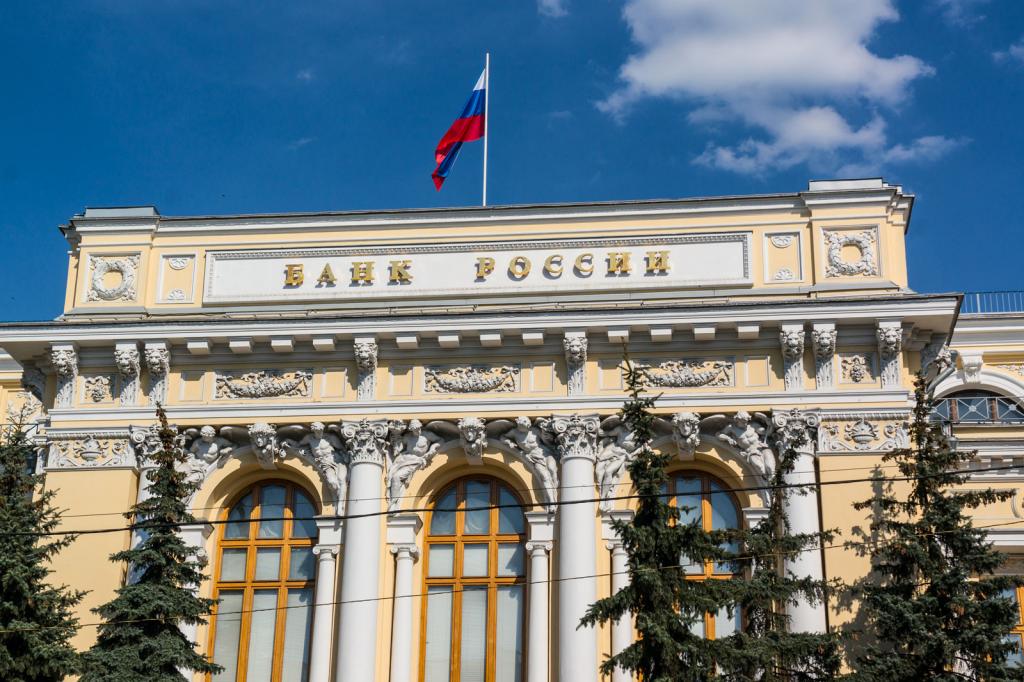
13:58, 2 August 2021
 408 views
408 views
Russian central bank’s proposal to limit investments in ecosystems can affect over 100 banks

New regulatory formats can entail violation of certain capital adequacy standards by more than 100 banks. Retail players with a large number of branches may be at risk. This can lead to the closure of branches in small towns.
On June 23, the Bank of Russia issued an advisory report, which presented proposals to impose new restrictions on banks that develop ecosystems. In the Russian market, such banks are Sberbank, VTB and Tinkoff Bank. But the regulation will affect all market participants and non-core assets on their balance sheets, not ecosystems alone.
The central bank proposes to tighten regulation for the so-called immobilized assets of banks, which include fixed assets, land, investments in real estate, technology or non-financial companies. Such assets often end up on the balance sheets of banks when they collect collaterals from insolvent borrowers.
By 2023, the central bank plans to set a risk-sensitive limit (RSL) for banks, i.e. the maximum relative share of a credit institution's investments in immobilized assets in regard to its total capital. To calculate the limit, banks will need to split all immobilized assets into groups and multiply their volume by special mark-up immobilization coefficients.
The result obtained should fit in the amount not exceeding 30% of the bank's capital (by 2025–2027). If it is exceeded, then the adjusted value of assets should be deducted from the capital, which will put pressure on the bank’s key ratios.
The central bank methodology based сalculations carried out to assess the influence of the new regulation on capital adequacy, show that more than half of reviewed banks (190 out of 377) may fail to fit into the proposed limit.
Exceeded limits will require a RUB 1.75 trillion deduction from the banks’ capital, which will reduce the base on which the key equity capital adequacy ratios are calculated. As a result, 46 banks will fail to meet the minimum capital adequacy threshold of 8%. Another 66 credit institutions will not be able to comply with the standard, taking into account capital adequacy ratio buffers. 58 banks, most of which are regional ones, will lose over 5% of capital.
Source: RBC